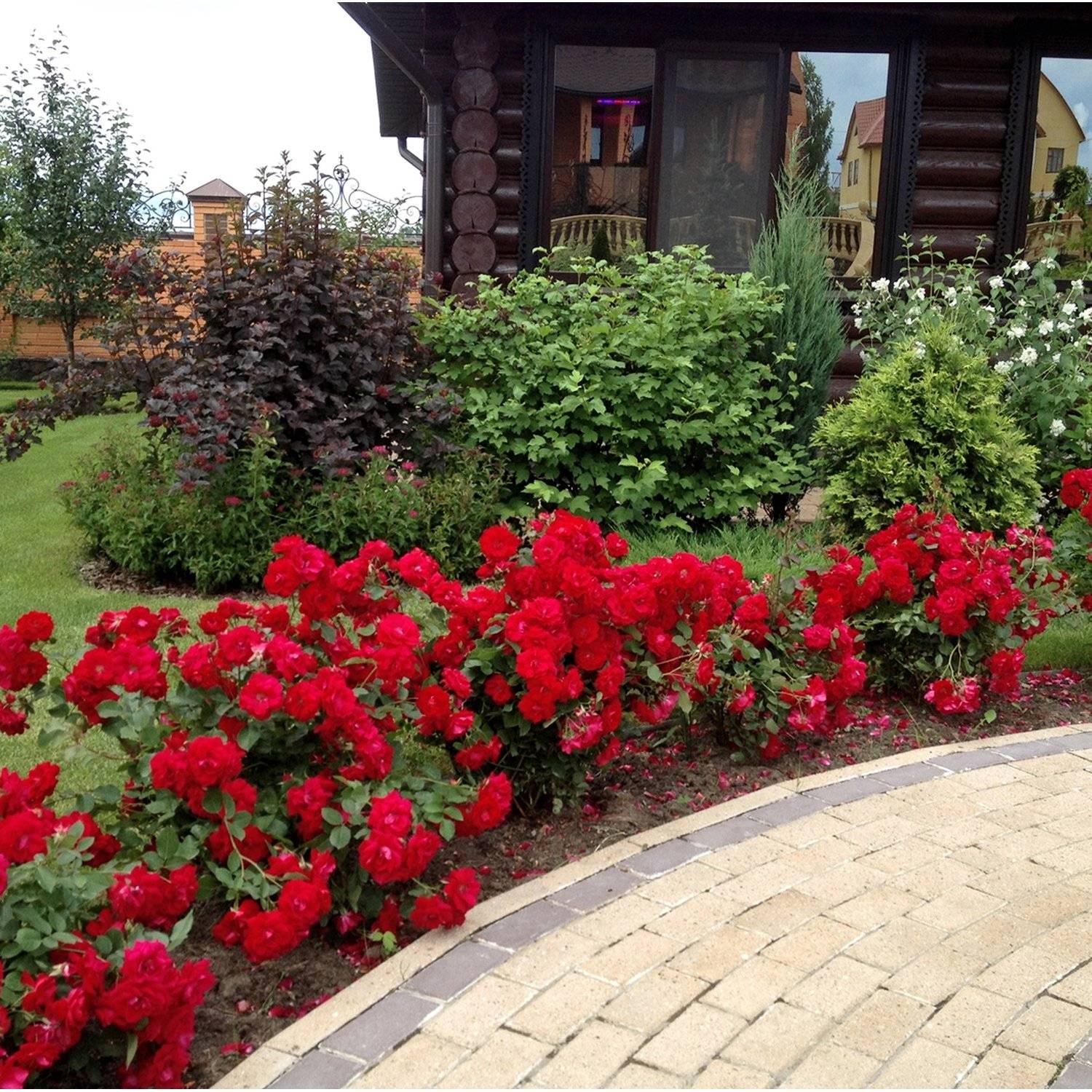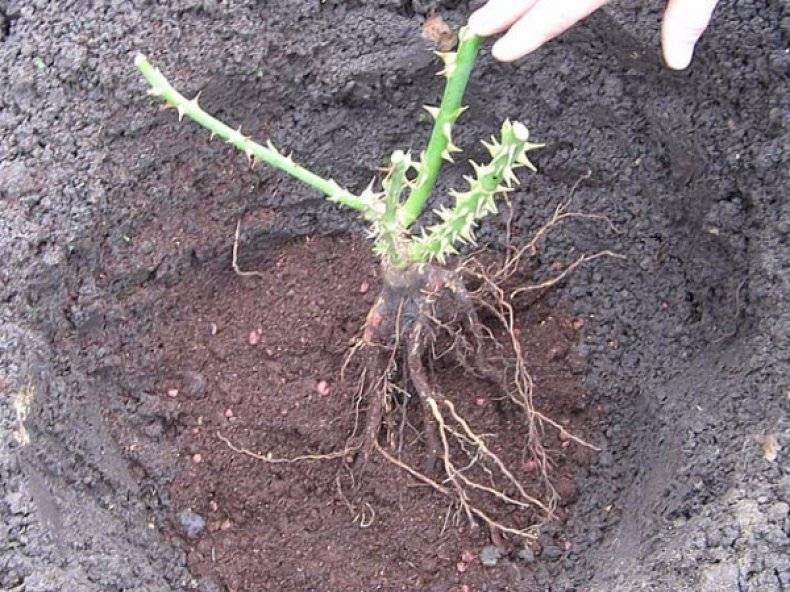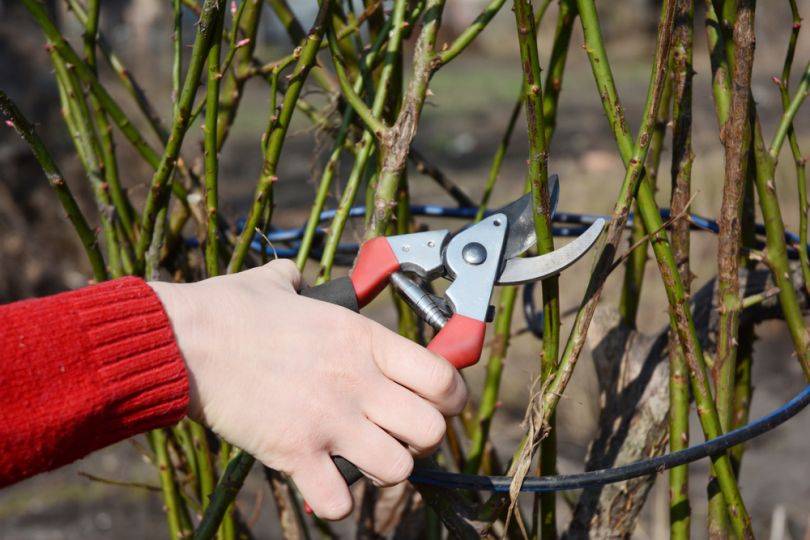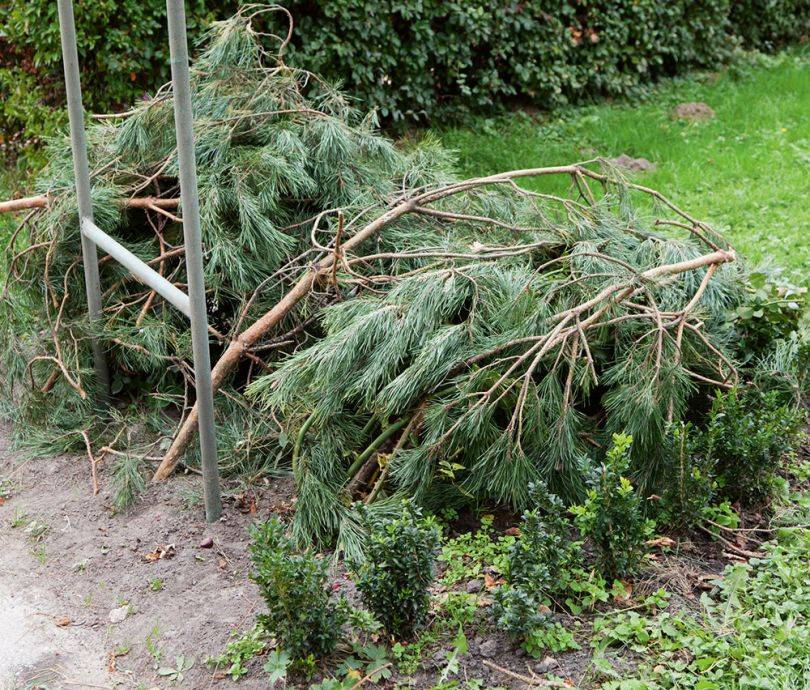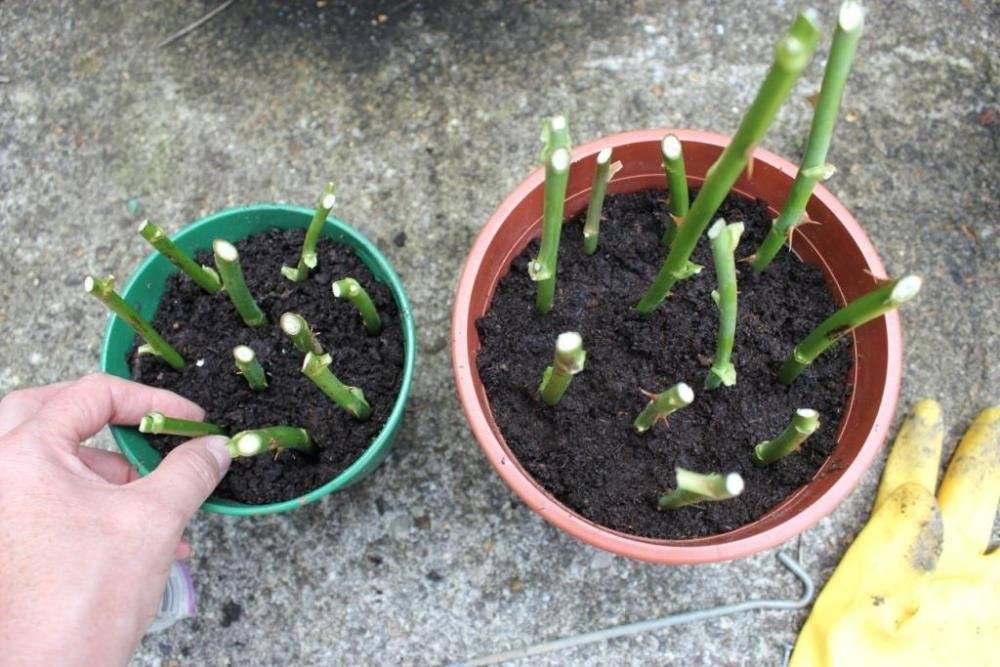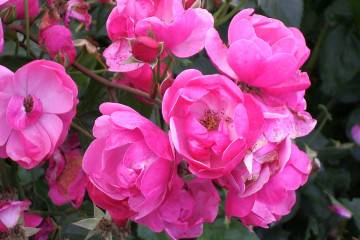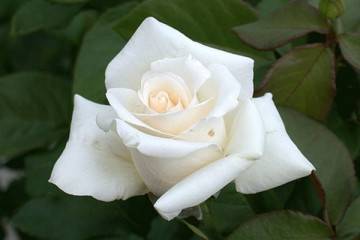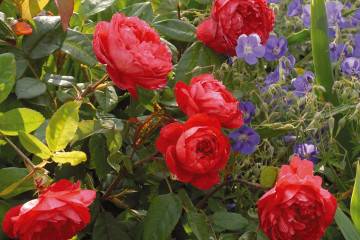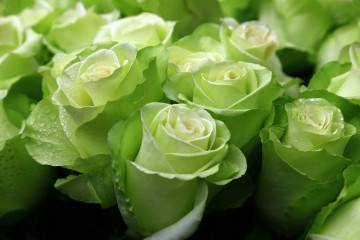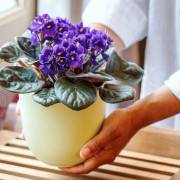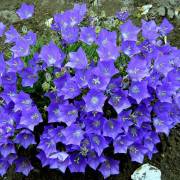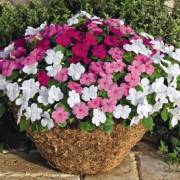Curb roses - what is this variety
Content:
These compact bushes 50-60 cm high with small flowers were singled out by botanists from the floribunda group into a separate one and named as border roses. The peculiarities and variety of varieties of border roses are explained by the fact that both hybrid tea and polyanthus roses took part in their appearance.
The advantages of curb roses in landscape design
In landscape design, border roses, as their name suggests, are used to frame certain areas on the site. They are planted when decorating driveways or in a rose garden with other varieties of roses. It is enough to pick up several varieties with inflorescences of different palettes, and the garden will be transformed for the better.
The bushes are unpretentious to care for and tolerate frost well, because in winter the snow completely covers the low bushes.
Popular varieties of border roses for open ground
For growing curb roses in the open field (indoor growing is another story), the following varieties are recommended.
Eleanor
Upright dwarf shrubs up to 40 cm in height. It is better to plant them in groups. Inflorescences have up to 15 flowers, which are very fragrant. The petals are coral pink.
White (White) Bouquet
German breeding (2007). The height of the bush is 40-50 cm. Terry flowers are up to 5 cm in diameter. They have a light, unobtrusive aroma. The petals are milky white, bent down. They stand for a long time in the cut.
Meidy
The variety attracts with its unusual color. The bright red petals on the back take on a silvery tint. The bush is compact, lush with dark green foliage. Grows up to 40 cm in height.
Clementine
An upright branching bush with beautiful umbrellas of double soft apricot flowers. Height no more than 50 cm. Leaves are dark green glossy. The variety is winter-hardy.
Lydia
Dutch variety. The height of the bush is about 50 cm. It is resistant to frost. One branch can contain up to 15 buds with a diameter of 4 cm to 7 cm. The aroma is light, pleasant. There are few thorns. A beautiful contrast of dark green foliage with delicate roses.
Debut
The variety is resistant to frost and practically does not get sick. In the process of plant growth, the flower petals darken noticeably.
Landing
Roses love a sunny and wind-protected area. In a well-lit area, the color of the flowers is richer than in the shade.
When forming a curb, the distance between the bushes is recommended at least 25 cm so that the roots do not experience a lack of moisture.
Roses are planted in spring when the ground is warm enough. Over the summer, the bush will have time to take root well and prepare for winter.
Border roses do not impose great demands on the soil: it should not be too waterlogged or overdried, dense and heavy. Loosening is encouraged in any case.
Curb roses love light and fertile soil. Before planting bushes, the soil can be improved by adding drainage material and organic fertilizers.
The planting hole should slightly exceed the size of the root system of the seedling. The bush is placed in the hole so that its root collar is at a depth of 3-5 cm. The sprinkled soil is carefully compacted and watered abundantly.
Growing and caring for border roses
Caring for border roses is easy. Compliance with several rules will allow you to admire their lush flowering throughout the summer season.
Watering
Water the bushes regularly as the soil dries up with settled water, and better in the evening. Water should be poured under the roots, without affecting the aerial part of the bush.
Top dressing
Fertilizers are produced especially for Rosaceae, in which all their needs are taken into account. From organic matter, you can use well-aged horse manure. From the other, the roots may suffer, resulting in burns.
In spring and autumn, compost is laid out under the bushes. In addition to feeding, it protects the roots from frost in winter and from drying out in summer.
Pruning
Proper pruning helps to form a beautiful and healthy shrub. Damaged shoots are removed throughout the season.
In the first year of life, at the bush of the border rose, pinch all the shoots at the level of 4-5 leaves. In the future, only lateral shoots are pruned.
Wild growth is necessarily cut from grafted roses. Remove it from the root collar itself; pruning above ground level will not give the desired result.
Wintering features
Border roses tolerate frost well, but in order not to risk it, it is recommended to warm them. The plant is sprinkled with earth or compost and from above, tying the shoots with a bundle, is covered with spruce branches or dry leaves.
Reproduction
A rose lover will not be stopped by any difficulties in growing them. The dream of propagating a certain kind of beauty is worth all the trouble.
There are several ways to breed border roses:
- seeds;
- cuttings;
- dividing the bush.
Growing roses from seeds is difficult and time-consuming. Its seeds require preliminary preparation, it is better to do this in late autumn.
Within 2 weeks, they must be soaked at a temperature not lower than 20 ° C. When planting, the seeds are deepened by 0.5 cm.
The container with seeds is covered with glass and kept in a cool room until spring, remembering to ventilate.
The most common breeding method is harvesting semi-lignified cuttings with 2-3 buds at the beginning of summer. Even a novice florist can handle it.
Then the cuttings with a slight slope are planted under a shelter, and they spend more than a month there, then they are transplanted into open ground to a permanent place.
A method available for novice gardeners is to divide the bush. The procedure is carried out in spring or autumn. It is important to correctly determine how many parts the root system allows you to divide the uterine bush. Each part must have a root and a shoot. The separated seedling is immediately planted in a permanent place.
Diseases and pests
The best remedy for diseases and pests is prevention. It has been noticed that if marigolds, sage or onions are planted next to rose bushes, then caterpillars, aphids, sawflies will avoid them. But the presence of weeds provokes the appearance of both pests and diseases on roses.
With a slight damage to the bush by pests, spraying with an infusion of onion husks, calendula, yarrow or wormwood will help. To fix the result, re-spraying should be carried out after a week. And only with a massive defeat should one turn to insecticides.
It is important to regularly inspect dwarf roses in order to capture the disease at an early stage. If the disease has become serious, then in a specialized store you can buy the desired drug, having previously studied the description of its effect.
Low-growing varieties of roses for the border are a great option for planting in the garden. With minimal maintenance effort, they give maximum results.
